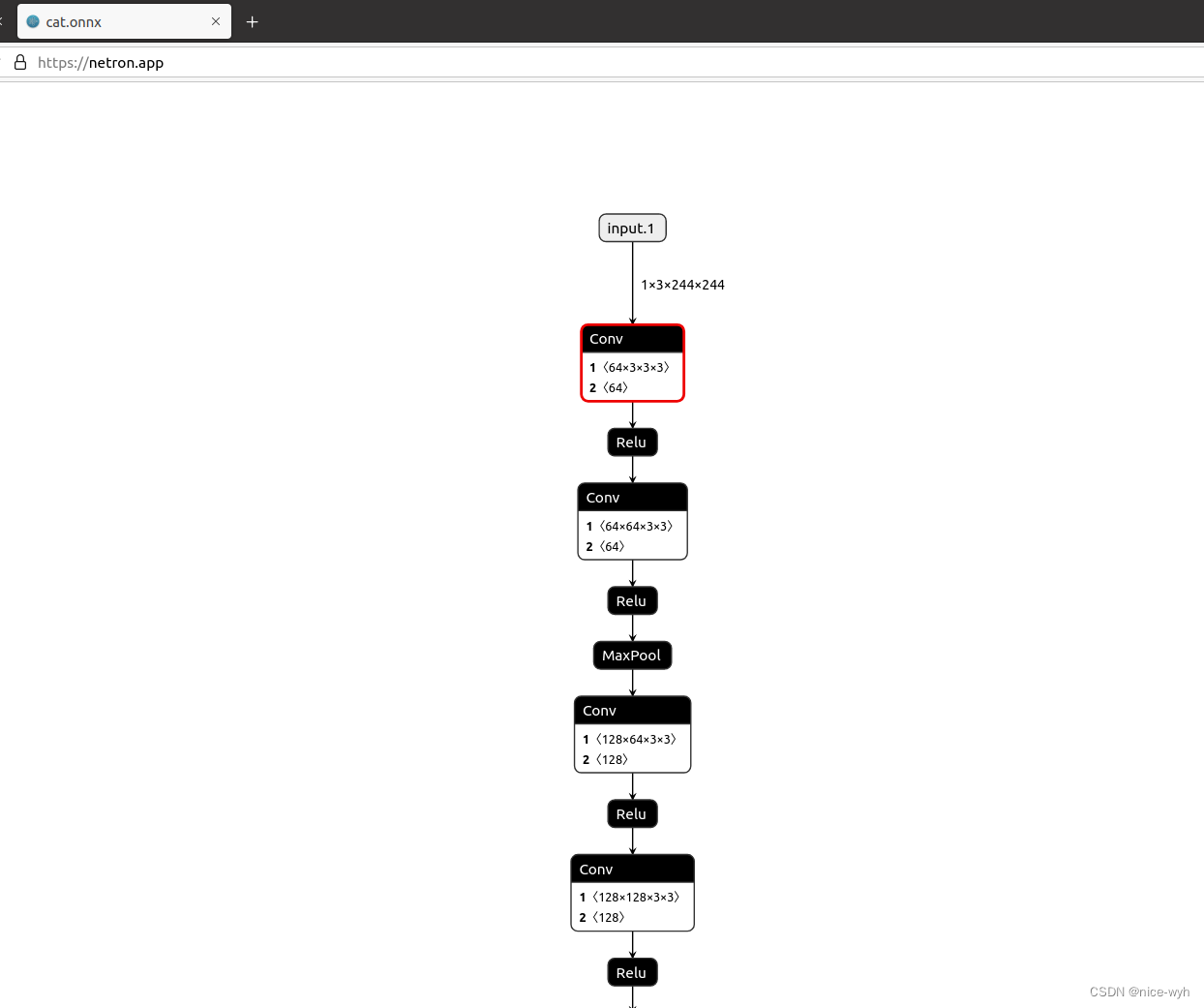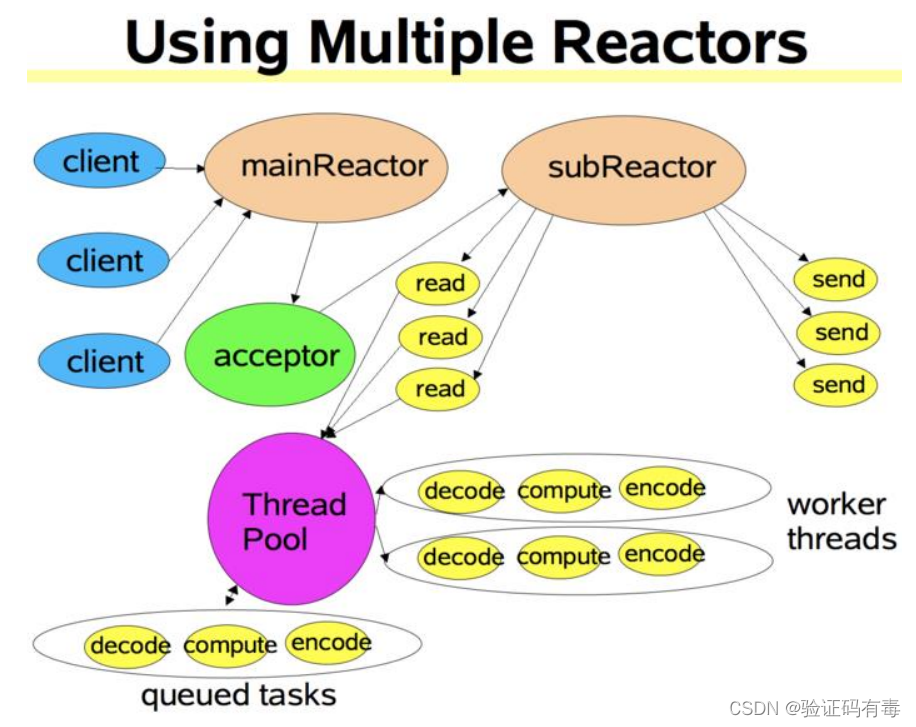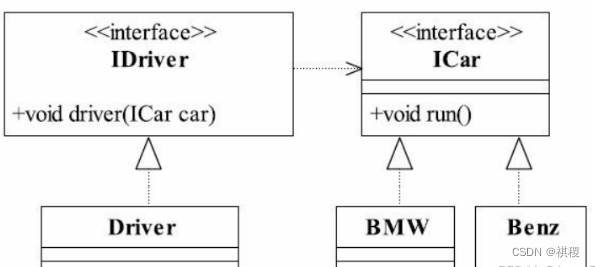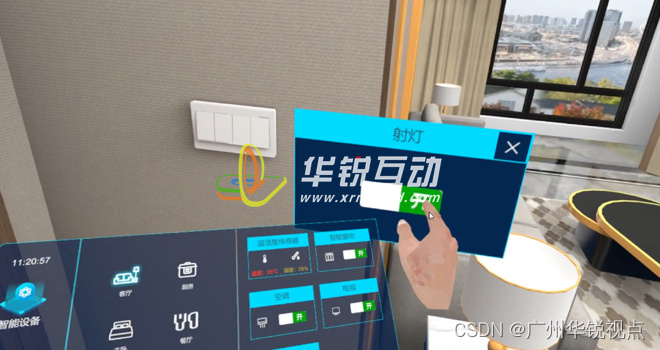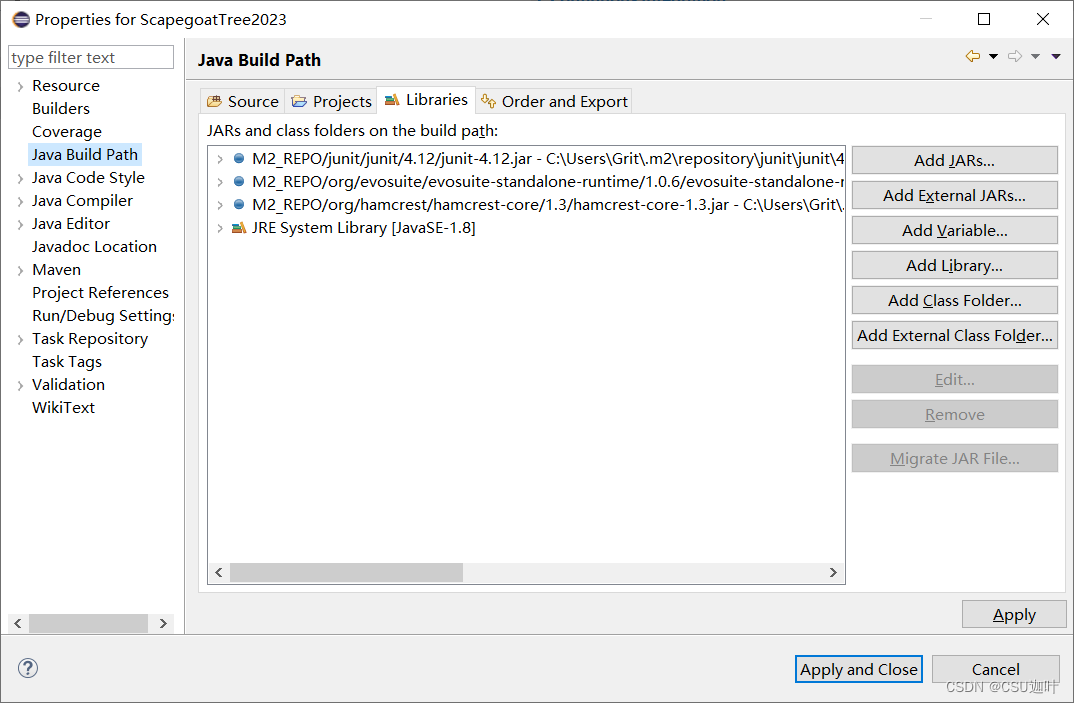1.虚拟节点
虚拟节点(dom)本质上就是一个普通的JS对象,用于描述视图的界面结构
2.渲染函数render():接收一个 createElement()函数创建的VNode
Vue.component("board", {render: function(createElement) {return createElement("div", [createElement("h1", "这是一个h1标签")]);}
});可以使用render()对页面进行编程式的修改。字符串模板的代替方案,允许你发挥 JavaScript 最大的编程能力。
render()渲染函数接收一个 createElement 方法作为第一个参数用来创建 VNode。如果组件是一个函数组件,渲染函数还会接收一个额外的 context 参数。
createElement()参数:
- 第一个参数:标签名称或对象或async 函数
- 第二个:数据对象,可选
- 第三个参数:子级虚拟节点,由 `createElement()` 构建而成,也可以是使用字符串来生成“文本虚拟节点”
createElement(// {String | Object | Function}// 一个 HTML 标签名、组件选项对象,或者// resolve 了上述任何一种的一个 async 函数。必填项。'div',// {Object}// 一个与模板中 attribute 对应的数据对象。可选。{// (详情见下一节)},// {String | Array}// 子级虚拟节点 (VNodes),由 `createElement()` 构建而成,// 也可以使用字符串来生成“文本虚拟节点”。可选。['先写一些文字',createElement('h1', '一则头条'),createElement(MyComponent, {props: {someProp: 'foobar'}})]
)3.数据对象
数据对象可以是一下内容:class,style,普通的 HTML attribute(id等),props组件,DOM property,事件(on),nativeOn(监听原生事件),directives指令,slot,scopedSlots(作用域插槽:{ name: props => VNode | Array<VNode> }),ref,key,refInFor(为true时,如果有多个ref会变成一个数组)
{// 与 `v-bind:class` 的 API 相同,// 接受一个字符串、对象或字符串和对象组成的数组'class': {foo: true,bar: false},// 与 `v-bind:style` 的 API 相同,// 接受一个字符串、对象,或对象组成的数组style: {color: 'red',fontSize: '14px'},// 普通的 HTML attributeattrs: {id: 'foo'},// 组件 propprops: {myProp: 'bar'},// DOM propertydomProps: {innerHTML: 'baz'},// 事件监听器在 `on` 内,// 但不再支持如 `v-on:keyup.enter` 这样的修饰器。// 需要在处理函数中手动检查 keyCode。on: {click: this.clickHandler},// 仅用于组件,用于监听原生事件,而不是组件内部使用// `vm.$emit` 触发的事件。nativeOn: {click: this.nativeClickHandler},// 自定义指令。注意,你无法对 `binding` 中的 `oldValue`// 赋值,因为 Vue 已经自动为你进行了同步。directives: [{name: 'my-custom-directive',value: '2',expression: '1 + 1',arg: 'foo',modifiers: {bar: true}}],// 作用域插槽的格式为// { name: props => VNode | Array<VNode> }scopedSlots: {default: props => createElement('span', props.text)},// 如果组件是其它组件的子组件,需为插槽指定名称slot: 'name-of-slot',// 其它特殊顶层 propertykey: 'myKey',ref: 'myRef',// 如果你在渲染函数中给多个元素都应用了相同的 ref 名,// 那么 `$refs.myRef` 会变成一个数组。refInFor: true
}4.实例
<board></board><board2></board2>
....
<script>
// 两个全局注入的组件
Vue.component("board", {render: function(createElement) {// 组件有一个div元素,div下一个h1标签return createElement("div", [createElement("h1", "这是一个h1标签")]);}
});
Vue.component("board2", {render: function(createElement) {// 组件下一个div元素,里面是一个文本节点,通过对象数据config设置了class属性和click事件return createElement("div", config ,"字符串的文本节点");}
});const config = {'class': {foo: true,bar: false},on: {click: function(){console.log("文本节点点击事件测试");}}
}
</script>
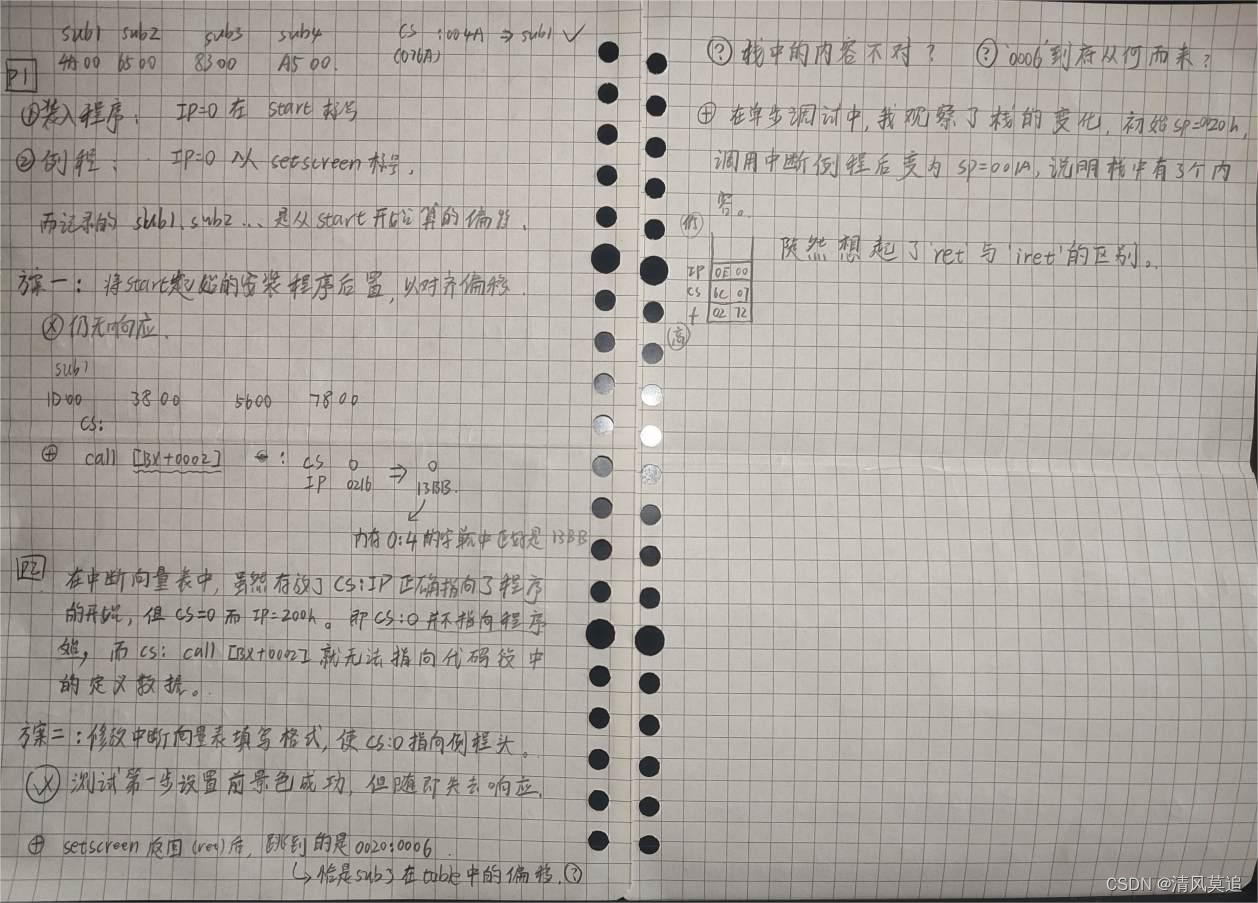

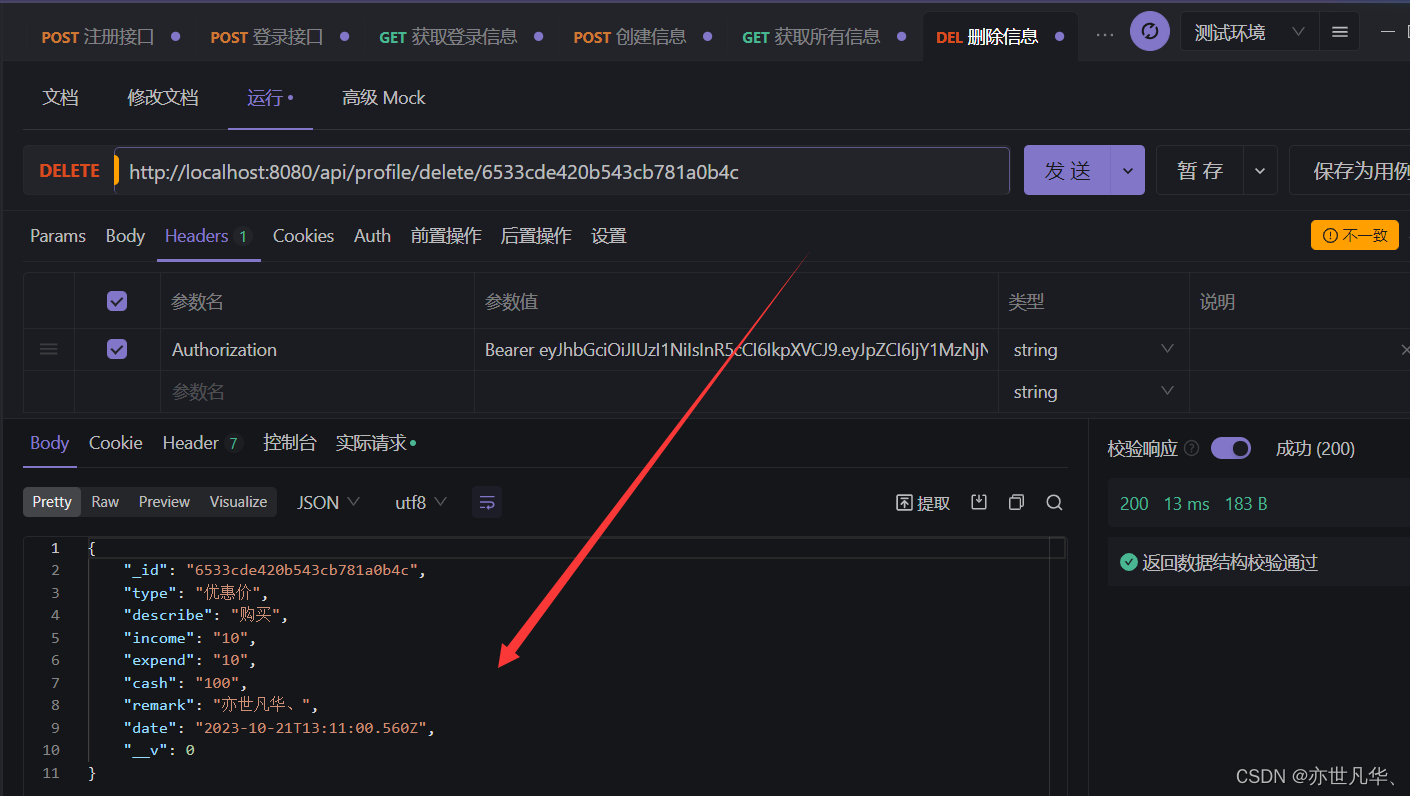
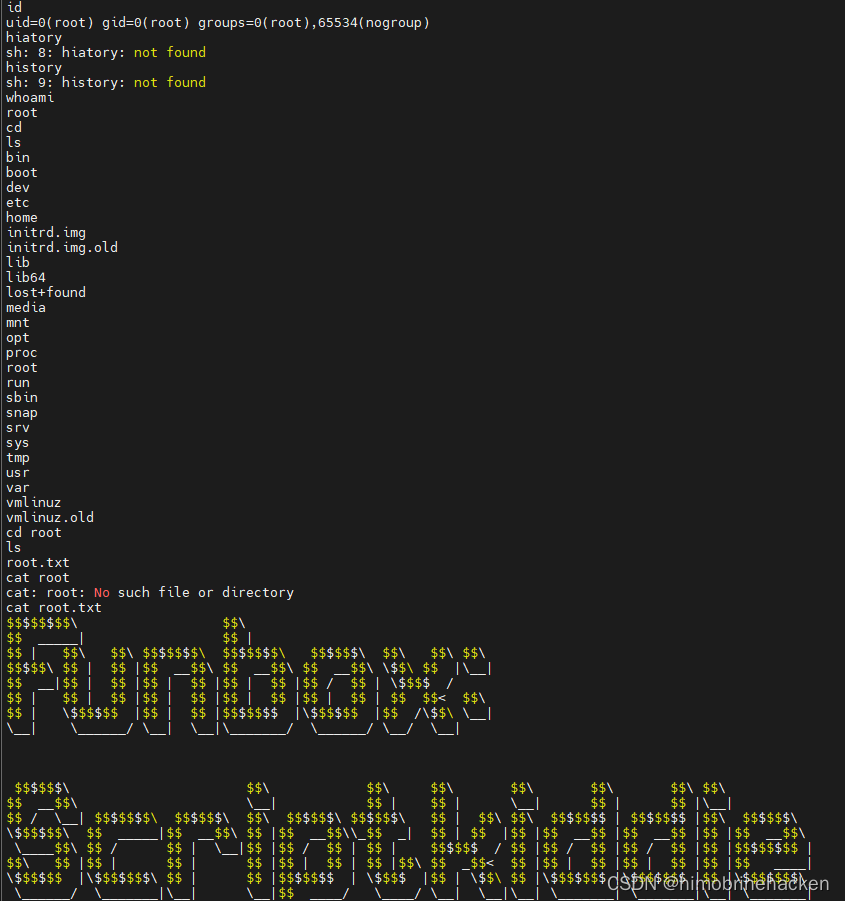
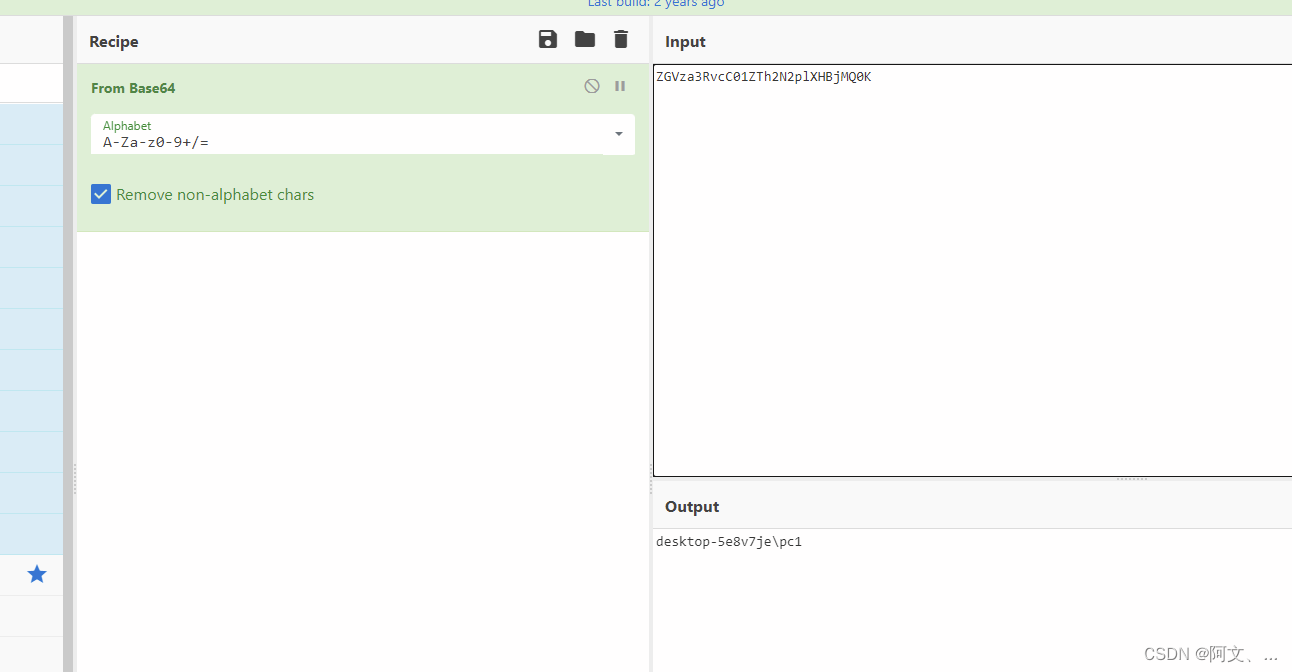
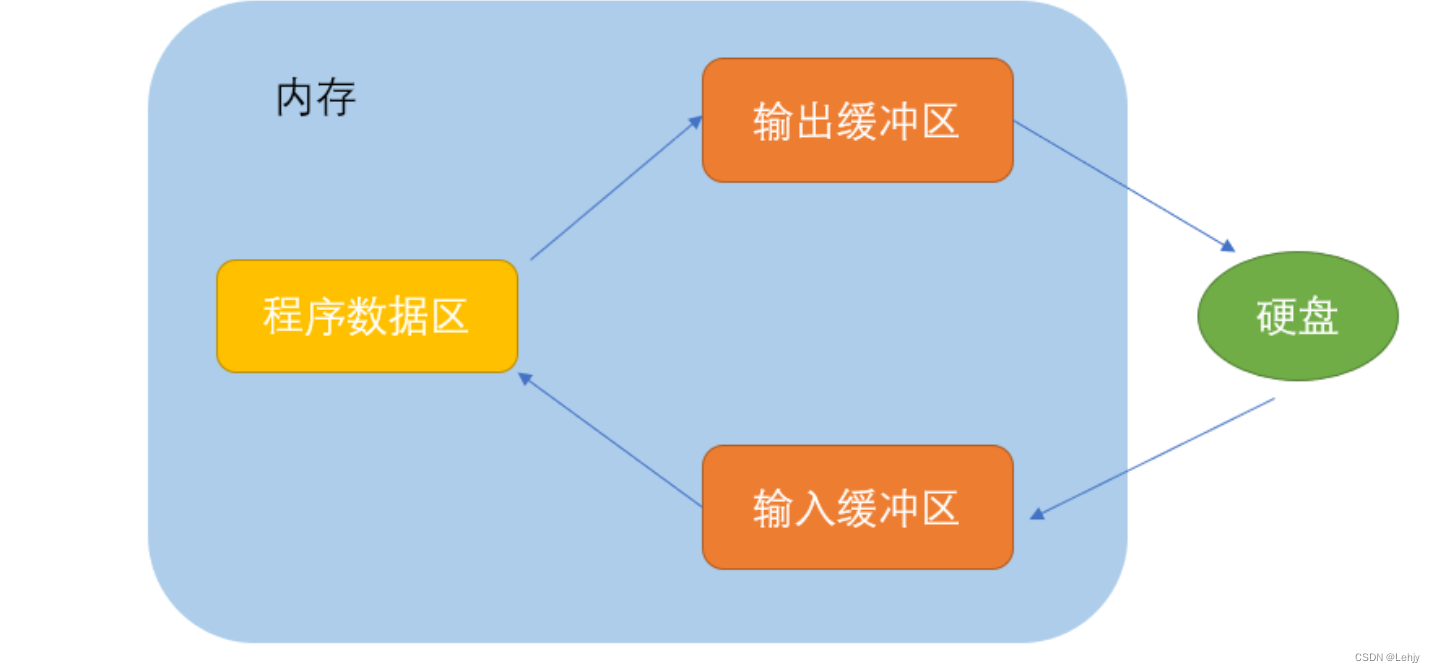





![[ROS2系列] ORBBEC(奥比中光)AstraPro相机在ROS2进行rtabmap 3D建图](https://img-blog.csdnimg.cn/933f27029fa743439f5389f503e9f7a1.png)
